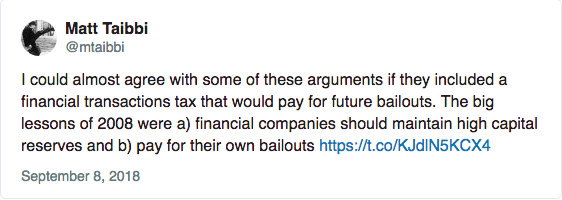💥CLO NO!?!?💥
On October 3rd, Deluxe Entertainment Services Group Inc., a content creation-to-distribution video services company (whatever the hell that means), filed a prepackaged bankruptcy case in the Southern District of New York. The purpose? To address the company’s over-levered capital structure ⬇️.
That’s right, even “content creation-to-distribution video services” companies have no trouble loading up over $1b of debt.
Gotta love these markets. Anyway, it’s not the capital structure itself that’s interesting here. Rather, it’s the parties playing in that capital structure.
In its bankruptcy papers, the company took pains to note that it thought it would get an out-of-court deal done. In July, it secured a loan — the $73mm “Priming Term Loan” above — to enhance liquidity and bridge the company to a transaction that would substantially reduce its debt obligations by equitizing the “Existing Term Loans.” Shortly thereafter, as all parties were working towards consummating the transaction, it became apparent to all that the company would need $25mm in incremental liquidity. While this is curious from a 13-week cash flow management perspective (), this shouldn’t have been a show stopper.
But then the ratings agencies had to go and screw everything up.
On August 5th, S&P Global Ratings downgraded the company’s debt three notches into junk territory to CCC- from B-. Per the Wall Street Journal:
S&P primary credit analyst Dylan Singh said the ratings were lowered because Deluxe has faced challenges in refinancing its debt structure, a problem that could increase the likelihood of a default.
Although the new $73 million loan will give additional liquidity to Deluxe, Mr. Singh said he doesn’t expect the company to be able to repay its ABL facility when it comes due in November and believes the business will try to extend the maturity before then. The current capital structure is unsustainable, he said.
Crossing over to the CCC threshold is a big problem for a lot of lenders — specifically, CLOs. For the uninitiated, here is a decent CLO primer about what CLOs are and how they work. For purposes of this briefing, it’s important to note that most CLOs are forbidden by their foundational fund docs from holding an allocation of more than 7.5% of their portfolio in CCC-or-lower-rated debt. This effectively handcuffed most of the CLOs in Deluxe’s capital structure from providing the necessary new money.
THIS IS A PREMIUM SUBSCRIBER’S POST, TO CONTINUE READING, CLICK HERE AND SUBSCRIBE TO OUR KICK@$$ NEWSLETTER ON DISRUPTION. DISRUPT YOUR COMPETITION, WITH PETITION.





